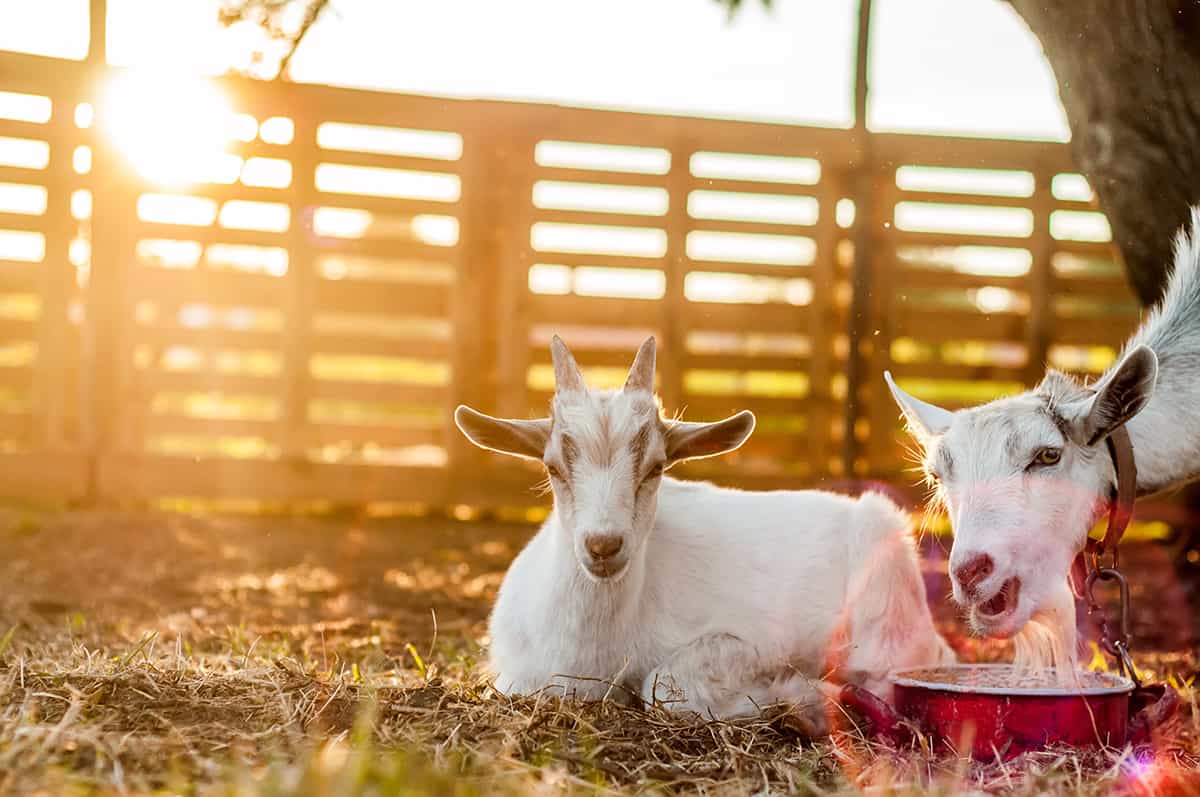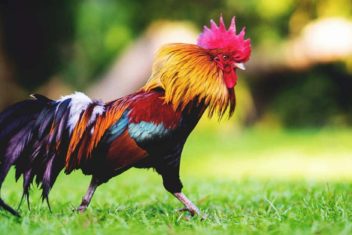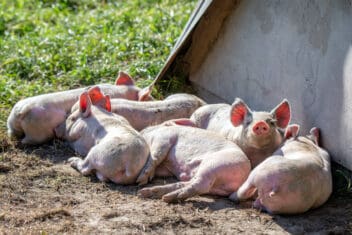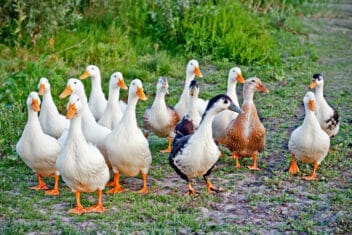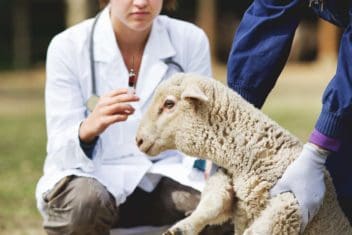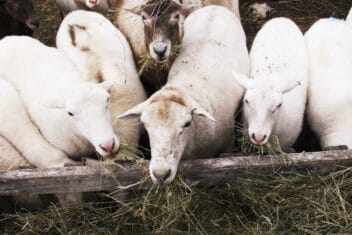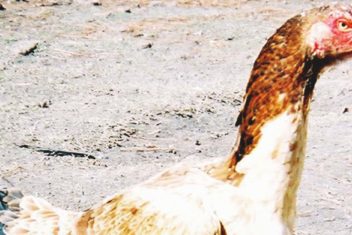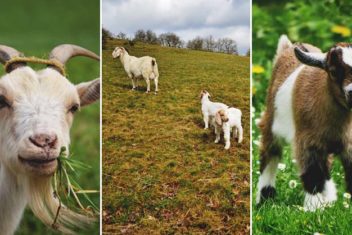Do you find yourself longing for the country life but live in the city? Every year, more people begin the homesteading journey, which usually involves raising livestock. If you want to live the country lifestyle but need to stay in the city, it doesn’t mean livestock is off the table.
Urban homesteading is on the rise. People want to tap into their roots and start raising food at home. But you don’t have to wait until you have a home in the country to make your dream a reality.
Is Raising Livestock in the City Possible?
Yes! Raising livestock in the city is possible, depending on your location and laws in your region. Before you buy any animals, make sure you find out your local regulations. If the laws in your city ban livestock, then you might be limited in the type or number of animals you can have.
However, loopholes exist, so talk to local homesteaders in your area to find out what’s possible.
For example, some cities ban chickens, but they’re open to quail. You might not be able to raise goats, but few cities ban rabbits. More cities than ever are encouraging people to raise bees.
You have options, but you might not be able to raise what you could in a rural area. That’s okay, but make sure you follow the laws. When you live in the city, neighbors may call the city to alert them to your livestock, so make sure you know and confirm what is and isn’t permitted inside city limits.
Living in the city doesn’t mean your dreams of homegrown and raised food are out of the question. If you have a backyard and local laws permit it, raising livestock in the city is something anyone can try.
The Best Livestock for City Living
If you want to start raising livestock in the city, you have to decide which animals are your best choice. Here are the best livestock for city living.
Chickens
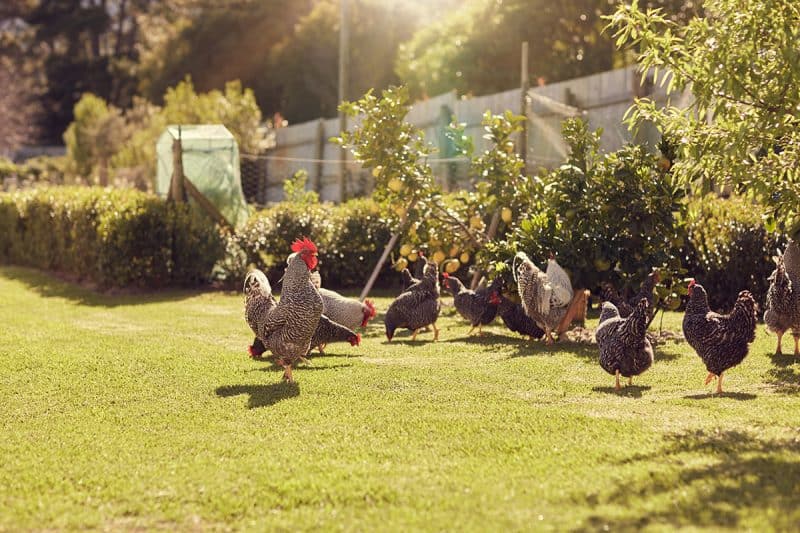
Without a doubt, the most common city livestock is chickens. Urban farmers love chickens, and as long as you don’t have a rooster, they’re relatively quiet. They produce tons of eggs and meat, and if you’re a gardener, chickens create nitrogen-heavy manure that is a great fertilizer.
More cities than ever are allowing chickens because the backyard chicken movement is growing. In general, you need two to three square feet per chicken inside and eight to ten square feet outside. Adding a few chickens to your backyard requires little space!
Ducks
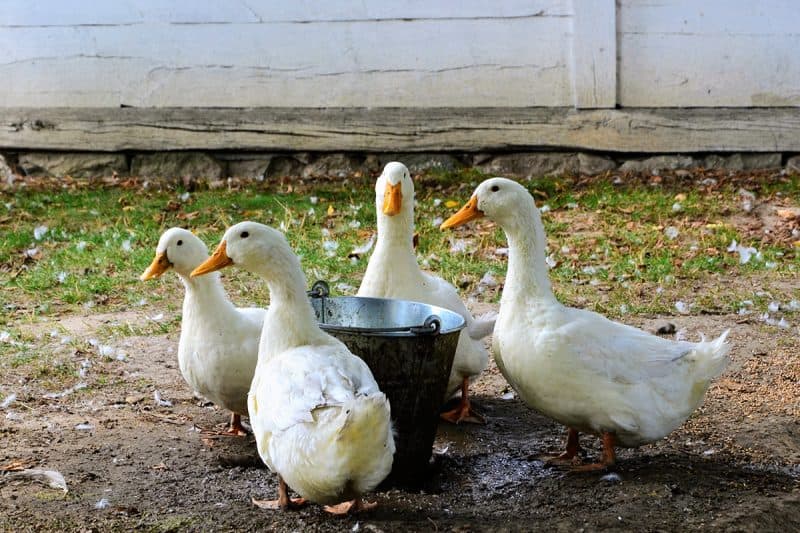
If you don’t want chickens, you might like ducks instead. They have fiesty, fun personalities, and their eggs fetch a higher price on the market. While they produce fewer eggs than chickens, their yolks are richer and have higher nutrient levels.
Ducks need a bit more space than chickens; it’s recommended to give them four to six square feet. They need to have a water source like a baby pool. You don’t need a pond! Raising ducks is fun, and they give you eggs, meat, garden fertilizer, and ducklings to sell.
Quail
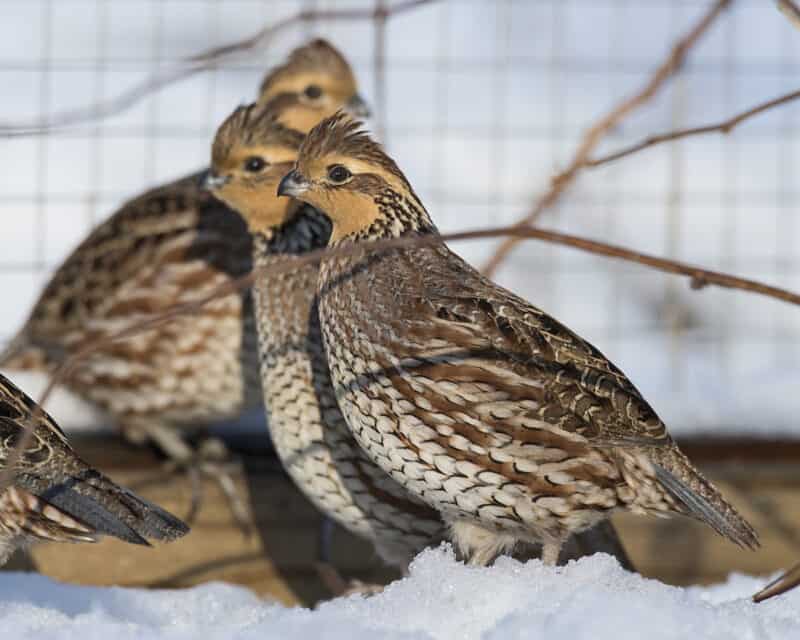
Most homesteaders are turning to quail than ever before. These birds mature faster and start to lay eggs in as little as 9-12 weeks. They produce small but plentiful eggs, and they require little space since quail are tiny.
You cannot free-range quail, but small pens work great for these birds. They like to hide and jump around. Raising quails provide you with eggs for eating, hatching, and meat.
Rabbits
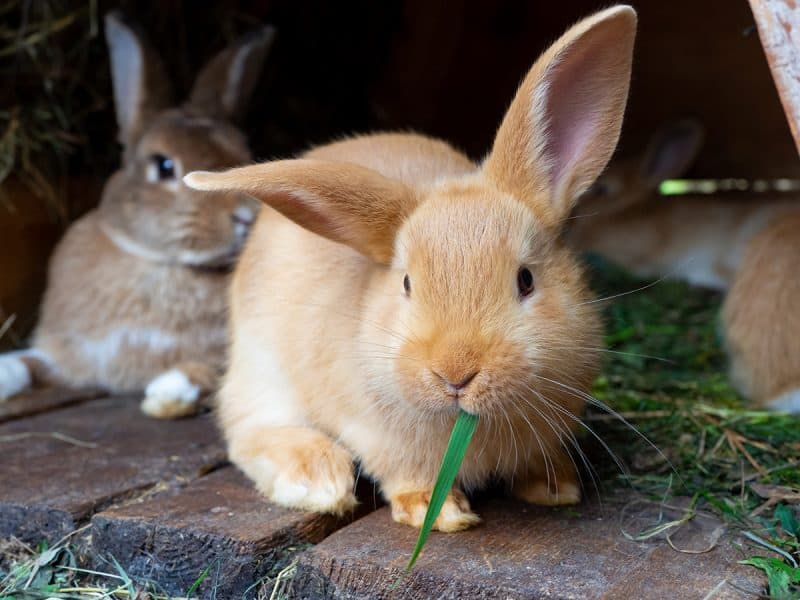
Most people associate raising rabbits with pets, but rabbits provide meat, fiber, garden manure, and breeding opportunities. Their upkeep is easier than other animals, and they require less fencing and smaller pens than chickens or other livestock.
Some people are squeamish about butchering rabbits, but they have delicious meat. If that’s not your thing, breeding rabbits and selling the kits are a profitable way to make money on a homestead.
Bees
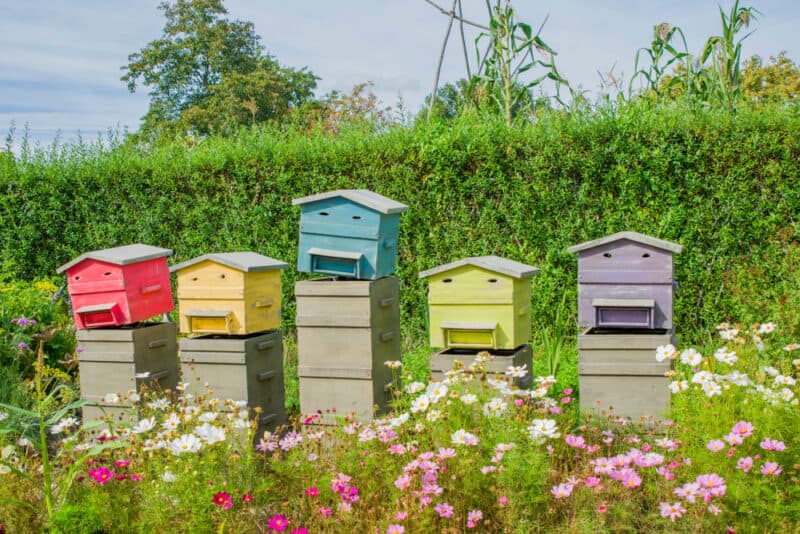
Did you know that honeybees are considered livestock by the USDA? They produce food for humans, so by definition, they belong in this group, but most cities approve of beekeeping. It’s in the best interest of humanity for more people to raise bees since the average bee only flies in a one to two-mile radius around their hive.
Bees produce plenty of goodies for your family, but everyone loves honey the most. Active hives may produce gallons of honey per year. You also can harvest the beeswax and turn it into products for your family or market.
Goats
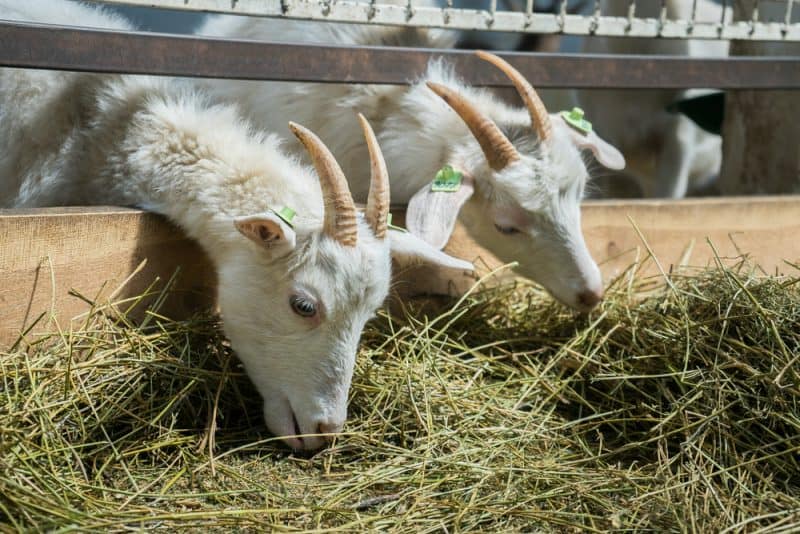
Goats are a great choice if your locale permits them. Their size range is huge; Nigerian dwarf goats are smaller than most dogs. If your yard is big enough for a small shed and a few dogs, then you can raise goats, assuming it’s permitted.
Why would you want to raise goats?
Aside from being utterly adorable, goats provide your family with milk that you can turn into cheese, yogurt, and other goodies. Some goat breeds are great for meat. While goat meat isn’t typically eaten in the US, it’s a delicacy in other parts of the world. You also can breed goats and sell the babies. Baby goats fetch up to $500 each!
5 Tips for Raising Livestock in the City
Once you decide that you want to raise livestock in the city, it’s time to make plans. The first step is to make sure you are legally permitted to raise these animals. The last thing you want to do is make all the investments and find out that you have to get rid of them.
After you determine the legality of your animals, here are a few tips for raising livestock in the city.
1. Say No to Free-Ranging
If you have a fenced yard, free-ranging might be okay for some animals, but most livestock animals are crafty. Chickens fly right over a fence, and rabbits burrow, so the last thing you (and your neighbors) want is to chase your livestock throughout the neighborhood.
Free-ranging is a luxury for country dwellers and those with more space. If you have a fenced yard, it’s safe to leave your livestock out of their pens if you’re watching them, but think of them as toddlers. Leaving toddlers alone is never a wise idea.
2. Cleanliness is a Must
When you’re raising livestock in the city, cleanliness is a must. Having a stinky chicken coop leads to neighbors calling the city and complaining, so keep cleaning on your regular to-do list.
You also need to have a plan to take care of the waste. All animals create waste, so you need to figure out what you’ll do with it. The best choice for animals like chickens and ducks is to compost it, but you need to have the setup ready to go.
If you don’t want to compost the waste, find out if you’re allowed to put the waste into trash bags to be collected by your trash service.
3. Predators Apply to You Too
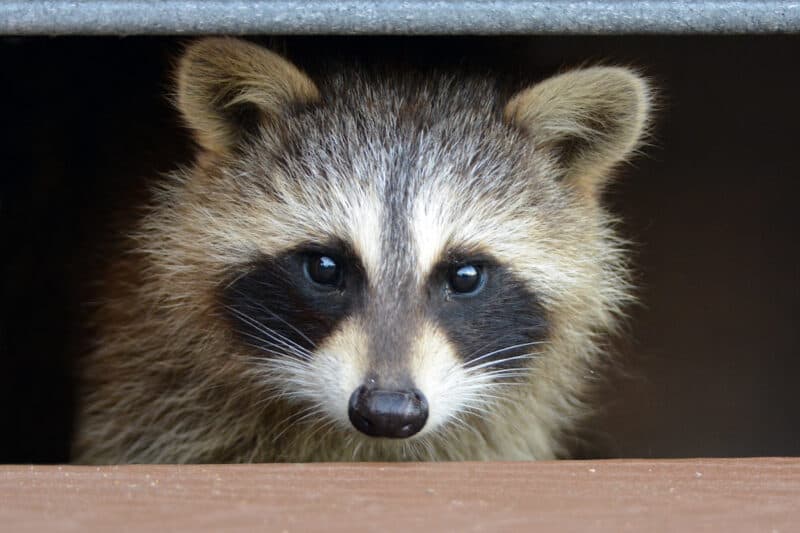
Living in the city doesn’t exempt you from predators. It might mean that it’s less likely for a bobcat or coyote to find your livestock, but other predators exist. Raccoons are a problem everywhere, and they’ll eat your chickens if you don’t have a predator-proof cage.
One predator you might not consider is your neighbors’ dogs. Dogs are chicken and duck killers, as are neighborhood cats. This is another reason why free-ranging is a no-no, and you should find out what you can do ahead of time (legally) if a neighborhood pet kills your livestock.
4. Consider Your Neighbors
Your neighbors don’t have to have a say in whether or not you have livestock, but when you decide to live in the city, you have to consider their happiness. Make sure your livestock never bother them, and if they do, find a way to fix the problem ASAP.
5. Share Your Goodies!
One sure-fire way to keep neighbors happy is to share in the goodies. Give your neighbors eggs, honey, or products made from what you raised. Show them the value of raising livestock in the city, and you might convince them to join you on the dark side.
